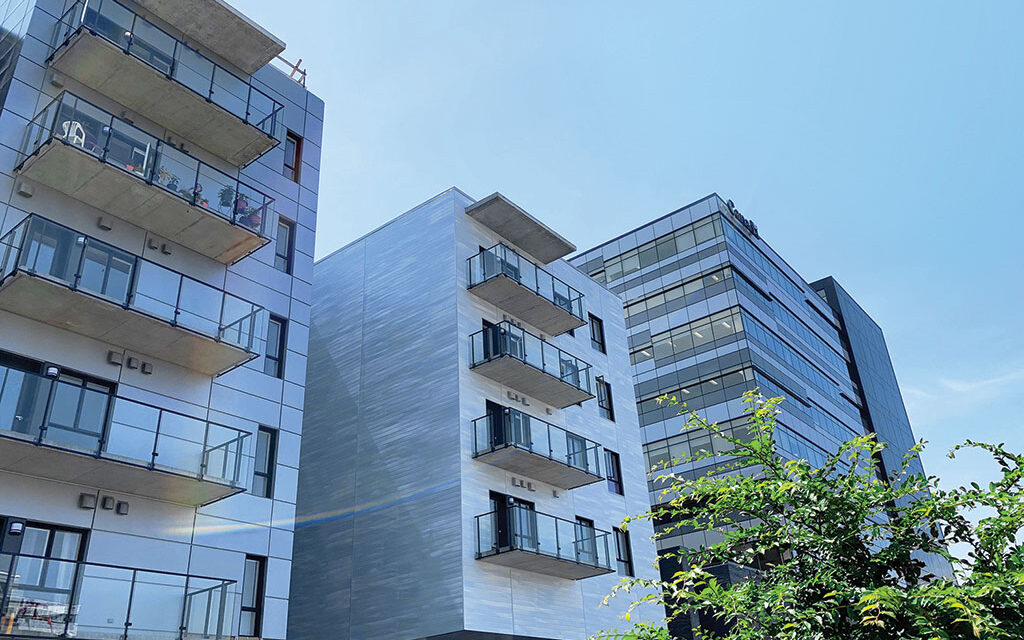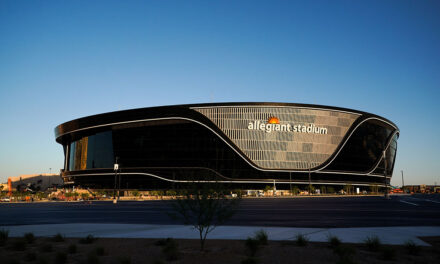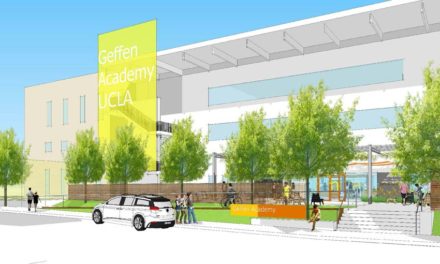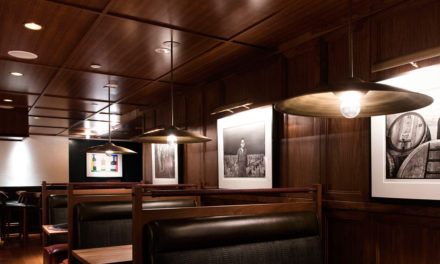Un Toit Vert insulates warm interior from frigid balconies
Un Toit Vert (“Green Roof”) is a 70-unit, six-story residential apartment building being built in the Écoquartier D’Estimauville of Québec City — an “eco-district” dedicated to sustainability. The innovative building offers affordable housing, underground parking, a sun-splashed courtyard, and a flora-filled rooftop.
The concrete building was designed with Québec City’s climate in mind: “It’s a snowy, cold city, and the humidity is high,” says Frédéric Allard, Vice President of Québec City-based Constructions Richard Arsenault and general contractor at Un Toit Vert.
The residence acquired its name for two reasons: The ‘green’ rooftop features plants, landscaping and other greenery, while the entire structure is being built to ‘green’ standards, explains Allard. The builders are aiming for LEED Multifamily Midrise and Quebec’s Novoclimat certification (see sidebar).
Thermal bridging a concern
The designers needed to minimize thermal bridging between the building’s exterior balconies and conditioned interior slabs to limit the risk of condensation, improve thermal comfort, and reduce energy loss.
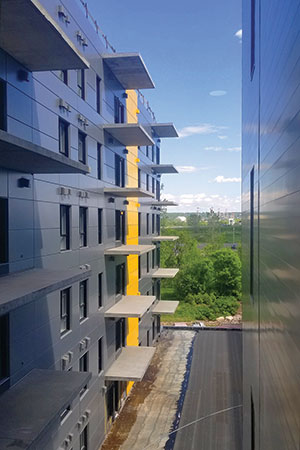
CIME Consultants specified structural thermal breaks to insulate balconies from the interior slabs supporting them. Photo courtesy of Schöck
For the solution, CIME Consultants Inc. of Québec City — the structural engineering firm for Un Toit Vert—specified Isokorb® load-bearing structural thermal breaks, a component that Allard had used previously on an apartment project.
Provided by Schöck North America, the structural thermal break module contains a graphite-enhanced, expanded polystyrene block that is less than 2% as conductive as concrete. Additional energy savings are derived from the module’s stainless-steel rebar, which is one-third as conductive as its carbon steel equivalent.
The structural thermal break is aligned with the building envelope insulation layer and positioned between each balcony and floor slab. Rebar projecting from both sides of the structural thermal break is cast into the interior slab and exterior balcony in a conventional manner, providing continuous insulation while supporting loads equivalent to a conventional pour-through slab. A total of 67 apartment balconies, plus a balcony projecting from a community room, were fitted with structural thermal breaks.
Reducing heat loss and energy costs in a cold climate
Structural thermal breaks were specified at Un Toit Vert to “keep the thermal heat inside and expenses down,” says Jean-Christophe Tremblay, Engineer, CIME Consultants. “Because it’s a public project, every cost is watched. We tried to minimize the price on electricity and everything.” Allard adds, “Un Toit Vert will help low-income people and give their families a nice apartment.”
Fitting thermal breaks on Un Toit Vert balconies
The thermal breaks “were not difficult” to install, reports Gabriel Lévesque, steel foreman from Les Ferrailleurs du Québec Inc. His crews attached rebar extending from the thermal break insulation modules to the rebar on the interior floor and balcony slabs. Concrete was poured on balcony slabs first, and then on interior slabs, typically on the same day, with different formulations of concrete poured for the interior and exterior slabs.
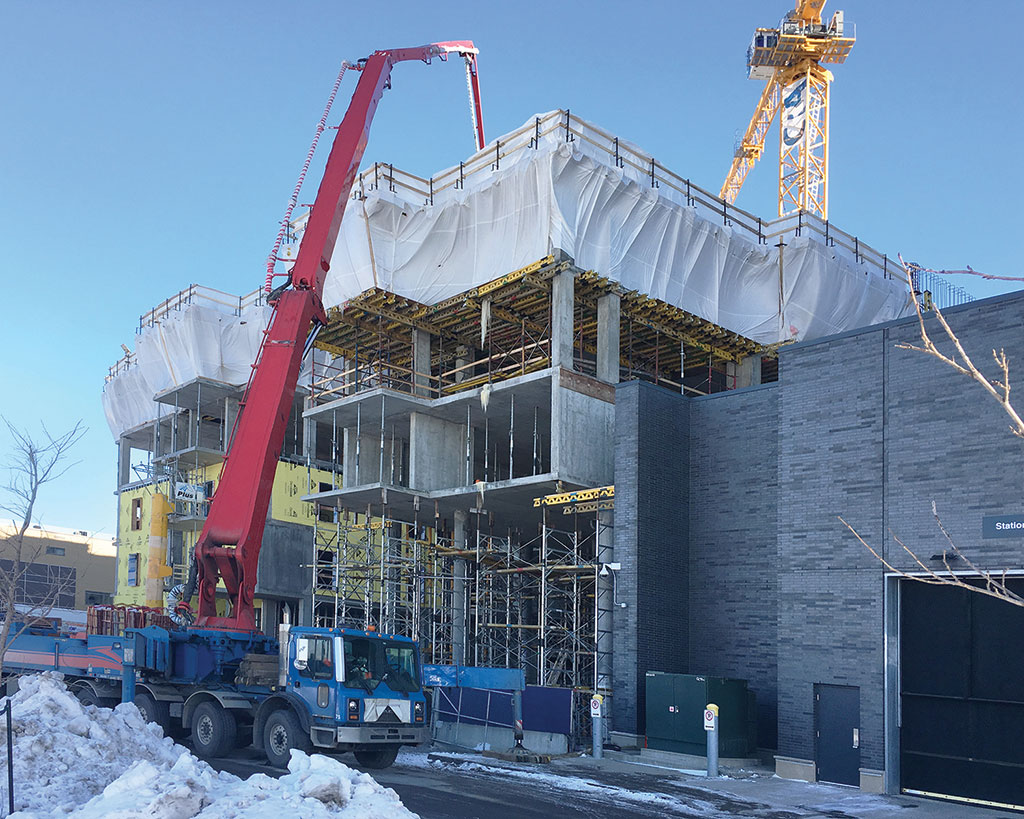
Balcony and floor slabs joined using structural thermal breaks can be cast simultaneously using conventional methods. Photo courtesy of Schöck
According to Tremblay, the presence of thermal breaks did not complicate the pouring process. Lévesque notes that properly secured, the breaks “don’t move when we pour the concrete.” In total, 68 thermally-broken balconies were installed, spanning 343 linear meters (1,144 feet).
Although it is too soon to gauge the precise energy savings derived from balcony-based thermal breaks, some on the Un Toit Vert team anticipate using them on future projects. “The need is there,” concludes Tremblay.
Architect
Tergos Architecture
Lafond Côté Architectes
Structural Engineer
CIME Consultants Inc.
Construction
Constructions Richard Arsenault
Building Envelope Consultant
Morrison Hershfield

